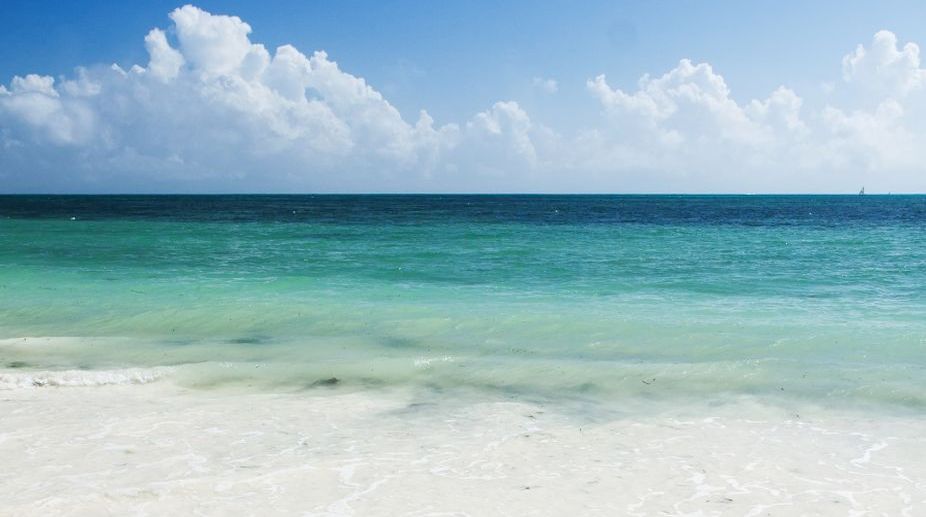Australia to enhance protections for marine life in southeast oceans
The Australian government has moved to boost protections for marine life in the country's southeast oceans by restricting fishing, and oil and gas projects.

World Oceans Day is an annual observation to honour, help protect, and conserve the world’s oceans.
It provides us with many resources and services including oxygen, climate regulation, food sources, medicine, and more.
Advertisement
This day also provides a unique opportunity to take personal and community action to conserve the ocean and its resources.
Advertisement
World Oceans Day is celebrated on 8 June every year.
This year the theme stands as ‘Our Oceans Our Future’. The celebration was first implemented by Canada in 1992 at the Earth Summit in Rio-de-Janeiro, Brazil. In 2002, a group comprising of 2000 thinkers advanced the curriculum.
Later, the United Nation Organisation recognised the agenda in the late 2008. It focused on the initiatives to be taken to free the oceans of all kinds of pollutants.
This includes disposal of waste materials, especially plastics, removing the growth of harmful algal blooms, ban on illegal fishing and taking measures against the menace of pirates or smugglers. As an ill-effect of the excessive global warming, the level of sea water is gradually rising. Marine life is subjected to the serious challenges posed by ocean acidification.
The ecosystems of corals and fisheries are vulnerable to the point of replenishment. One must be aware of the fact that our survival is largely indebted to the sea life as it provides economic security, food, medicines and much more.
A host of events from documentary shows, educational programmes, art contests, promoting sustainable seafood and cleaning the beaches are organised every year across the world. Nearly 25 per cent of the total carbon dioxide released on earth is absorbed by the oceans.
Antarctica absorbs 15 per cent of the total volume. Conducting submarine-nuclear tests, causing oil spills, constructing nuclear power stations by the ocean bodies and disposing the wastes into it are some of the major hazards to the oceans.
According to history, the earth was like a fireball. It took years for the planet to cool down. With the presence of vapours in the atmosphere, cloud formation took place. Heavy rainfall followed and filled the depressions on the face of the earth. It also flowed from the highlands to the lowlands that gave rise to the formation of water bodies like rivers and oceans.
According to Alfred Wegener, many years ago, the earth surfaces were like a continued land, resembling a supercontinent — ‘Pangaea’. The total surface was surrounded by a global ocean named ‘Panthalassa’.
However, the land surfaces had occasional channels that gave way to water bodies. Eventually frequent earthquakes led to consequent changes on the land under oceans, and by the process of continental drifting converted the water channels into seas and oceans.
At present, extending for about one-third of the total land surface, the Pacific is the largest as well as the deepest ocean in the world. The Atlantic Ocean formed during the Triassic period, after the Pacific, Indian and Arctic oceans, is the youngest and the second largest.
The mysterious Bermuda Triangle is located here, near Washington to Cape Canaveral, at 30 degree north and within the Caribbean Irelands.
Its name was derived from the mountain Atlas, on the fairy kingdom Atlantus. The Indian Ocean is the third largest as well as the warmest and is the source of 40 per cent of the total crude petroleum of the world.
The Antarctic Ocean is the fourth largest of the five oceans, with temperature lower than minus 100 degree. The Arctic Ocean situated in the Arctic Circle is the smallest ocean of all.
Coordinator, Class X, Kalyani University Experimental High School
Advertisement